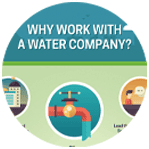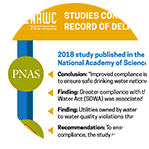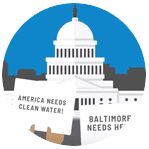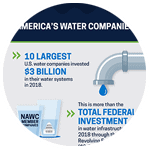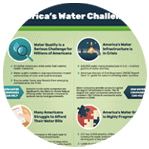U.S. Water Challenges
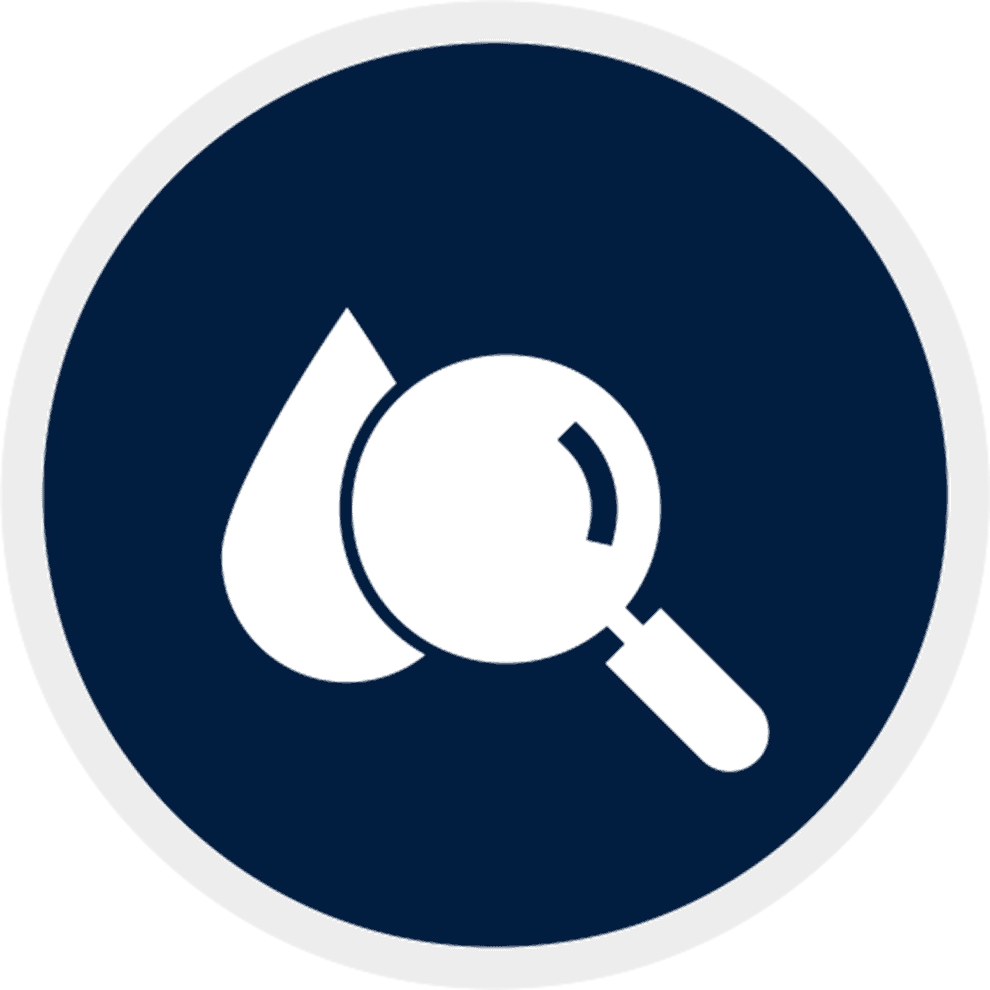
Water Quality is a Serious Challenge for Millions of Americans
As community drinking water systems face more stringent water quality standards and new threats from emerging contaminants like PFAS, some local governments may find themselves in need of assistance to keep their communities safe. A landmark study published in the Proceedings of the National Academy of Sciences in 2018 found that as many as 45 million Americans per year drink water that violates health-based water quality standards. Other studies have found that water quality violations disproportionately impact communities of color and rural Americans.
HOW WATER COMPANIES HELP:
Water companies provide the operations expertise and infrastructure investments necessary to provide safe drinking water. The data is clear: systems run by water companies are significantly less likely to violate federal drinking water standards compared to systems run by local governments. This fact has been confirmed by every major study of water quality ever conducted in the United States.1
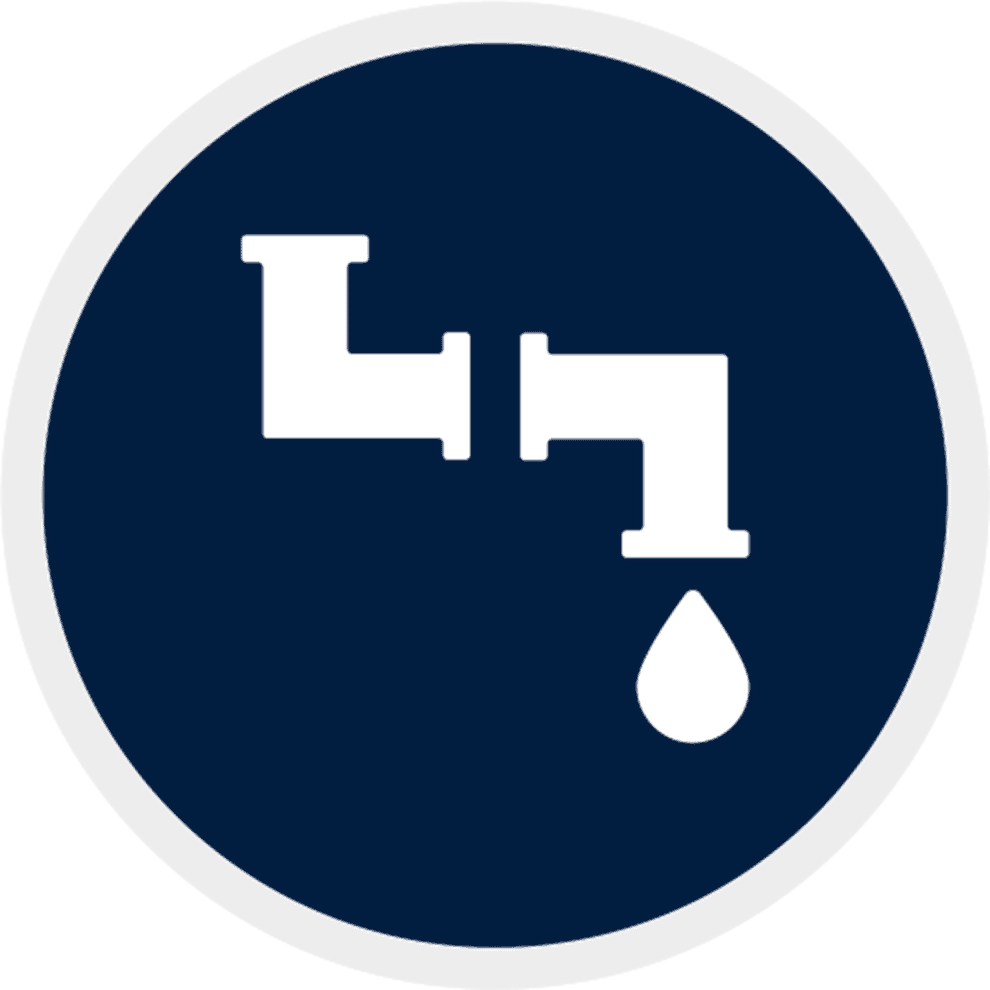
Old, Leaky Pipes Lead to Waste & Disruptions
Every year, an estimated 300,000 water mains break in the United States – that’s one every two minutes. Many of our water mains and pipes are more than 100 years old, with some dating as far back as the Civil War era. Our old and leaky infrastructure results in a loss of over 2 trillion gallons of water per year, wasting more than $6.4 billion worth of treated water annually. For many systems, more than one in five gallons of treated drinking water is lost before it reaches the customer.
HOW WATER COMPANIES HELP:
Water companies provide local governments access to capital to address urgent infrastructure needs. The 15 largest water companies in the United States collectively invested more than $6 billion in community water systems in 2024 to help stop leaks, improve system reliability, and protect against disruptions. These are dollars coming from the private sector and not out of a municipal budget. And these investments work: an April 2025 analysis by Bluefield Research found that water companies had the lowest rate of non-revenue water in the U.S.2
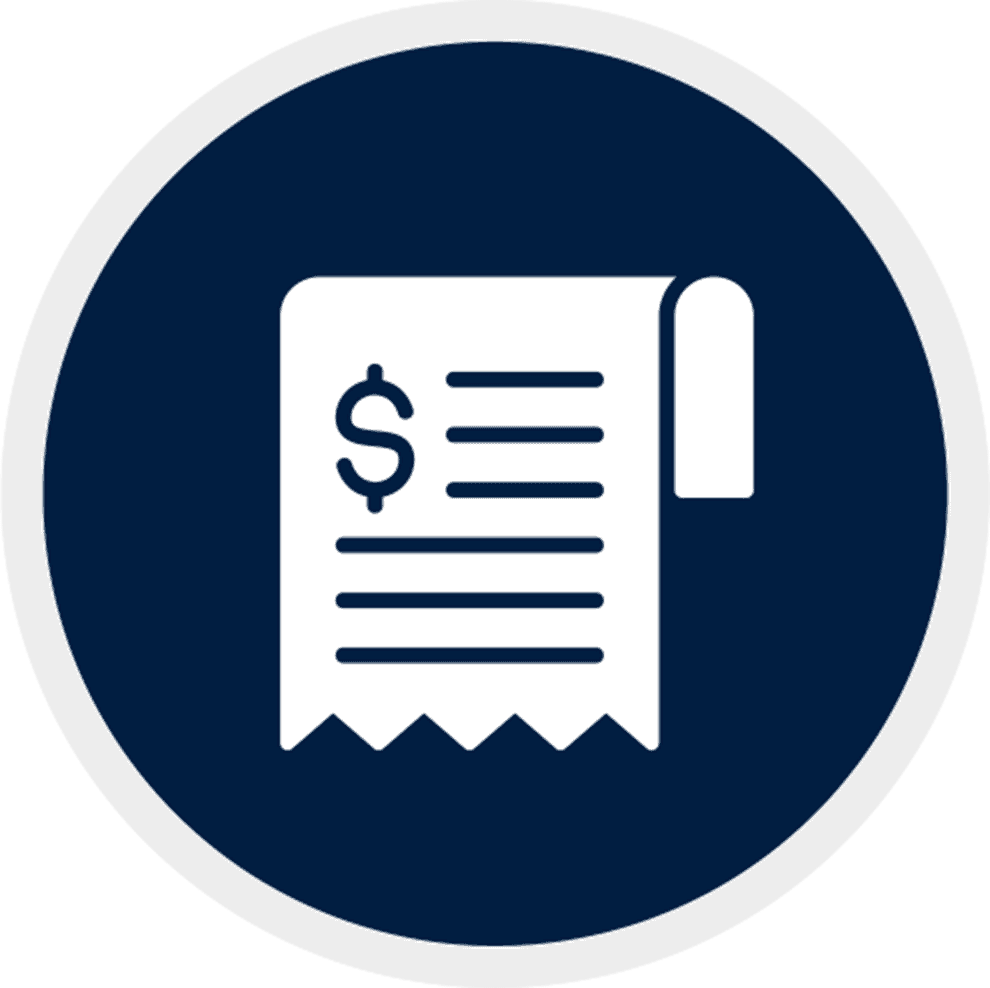
Many Americans Struggle to Afford Their Water Bills
It is no secret that water bills are increasing across the country as water systems have to play catch up on billions in deferred infrastructure repairs and upgrades. Studies show water rates have increased between 6% and 8% each year – multiple times the rate of inflation – to fund these critical investments.
HOW WATER COMPANIES HELP:
From flexible payment plans and deferred payment options to discounts on various charges and fees, water companies have been leaders in addressing water affordability challenges for many years. However, as water companies do their part in the communities they serve, it is undeniable that we must also address water affordability in a big way at the federal level. NAWC and its member companies applaud efforts to create a federal program for basic water needs to ensure water keeps flowing to all households in America.3

The U.S. Water Grid is Highly Fragmented
A fundamental driver of our water quality, infrastructure, and affordability challenges is the severe fragmentation of our water grid. While the United States has 3,300 electric utilities, our water grid has more than 52,000 individual community water systems, more than half of which serve just a few hundred customers. Our fractured water grid leads to cost inefficiencies, a lack of investment capacity and operational expertise, and other issues that drive poor outcomes and higher costs for customers.
HOW WATER COMPANIES HELP:
Studies show larger systems have fewer water quality violations and lower water rates. Decreasing the number of water systems and building larger, stronger utility organizations is key to a just and more equitable water future where every American household is served high quality water that they can afford. Water companies have led successful consolidations of small systems all across the country.4
Today, private water companies in the U.S. serve almost 40 million Americans and maintain over 100,000 miles of water mains and pipes. There is widespread recognition that solutions offered by water companies are crucial to meeting our urgent water quality and infrastructure challenges.The U.S. Conference of Mayors, the National League of Cities, the Brookings Institute, the Pacific Institute, the Biden Administration’s National Infrastructure Advisory Committee, and dozens of water policy experts from across the country agree that water companies provide proven options for municipalities facing urgent water challenges.5
1. Allaire, Wu and Lall, PNAS, “National Trends in Drinking Water Quality” Feb. 2018; Konisky and Teodoro, American Journal of Political Science, “When Governments Regulate Governments” Sept. 2015; American Water Intelligence, “Investor-owned water firms boast sterling SDWA record” Oct. 2011; NRDC, “Threats on Tap” May 2017; NRDC, “Watered Down Justice” September 2019
2. American Society of Civil Engineers; Utah State University; Bluefield Research; Based on data from annual reports and 10-K filings for 15 private water companies with figures confirmed directly by companies as needed.
3. Bluefield Research, “Water Market Shifts: 7 Signposts to Watch in 2017” Jan. 2017
4. Brookings Institution, “Water systems everywhere, a lot of pipes to fix” 7/2/15; Manny Teodoro, “Grow to Shrink, Shrink to Grow” 6/27/19; Bipartisan Policy Center, “Understanding America’s Water and Wastewater Challenges” May 2017; Brookings Institution, “America’s Fragmented Water Systems” 10/16/14; Manny Teodoro, “The Plan: A five-point proposal to transform the U.S. water sector” 10/15/19; RAND Corporation, “How to Ensure Quality Drinking Water Service for All? One Option Is Fewer Utilities” 3/26/19
5. U.S. Conference of Mayors Urban Water Council, “Mayor’s Guide to Water and Wastewater Partnership Service Agreements”; National League of Cities, “Public-Private Partnerships: An Attractive Funding Option for Public Projects” 11/3/14; Brookings Institution, “Four Ways to Make Wiser Infrastructure Investments” July 2018; Pacific Institute, “Beyond Privatization: Restructuring Water Systems to Improve Performance” Dec. 2005; University of North Carolina Environmental Finance Center, “Three Strategies for Water Utilities with Aging Infrastructure” March 2016; Konisky and Teodoro, American Journal of Political Science, “When Governments Regulate Governments” Sept. 2015.
6. The President’s National Infrastructure Advisory Council, “Preparing United States Critical Infrastructure for Today’s Evolving Water Crises” September 2023.



